Exhibitions & Events
-
The Miracle of Black:- Exhibition Period
- April 5 (Sat) to June 22 (Sun), 2025
The Yohen Tenmoku tea bowl is a treasure of Chinese ceramic art. They are known to have been produced in China during the Southern Song Dynasty in the 12th and 13th centuries, and only three of these pieces are known to exist in the world today, all of which are kept in Japan. The ethereal beauty of the iridescent glow floating on the surface of the jet-black glaze is what continues to captivate so many people. In addition to its mystical glow, the Yohen Tenmoku tea bowl is also shrouded in mystery, with many questions remaining unanswered about its origins and how it was made.
In this exhibition, which is inspired by the theme of black colors of traditional crafts, we will be introducing iron craft works called “kurogane” (black iron), such as swords and iron sword guards, as well as “shikkoku” (jet black) lacquerware. We will also explore the history of black pottery in China and Japan, and delve into the various mysteries and secrets of Yohen Tenmoku based on the latest research findings. -
Upcoming Exhibitions

National Treasure “Yohen Tenmoku (Inaba Tenmoku)” Southern Sung Dynasty, 12th - 13th century, Seikado Bunko Art Museum
Museum Information
-
Hours
10:00 - 17:00
*The museum will also be open at night
(Entry until 30 minutes before closing time)Closed
Mondays (open if a holiday and closed on the following weekday)
Exhibition change periods, the year-end and New Year holidays, etc.
*The museum is closed outside of exhibition periods. There are no permanent exhibitions.Admission
Regular price: ¥1,500
High school students: ¥1,000
Disability certificate holders: ¥700 (free admission for 1 accompanying person)
Junior high school students and younger: Free
*Priority given to visitors with date & time reservations. Same-day tickets are also available. 
Museum Shop

The Museum Shop is attached directly to the museum and sells original products featuring designs inspired by works from Seikado Bunko Art Museum’s collection, exhibition catalogs, and more.
You are also welcome to visit the shop without entering the museum itself.
*Shop hours are based on the opening hours of the museum.
-
Interior
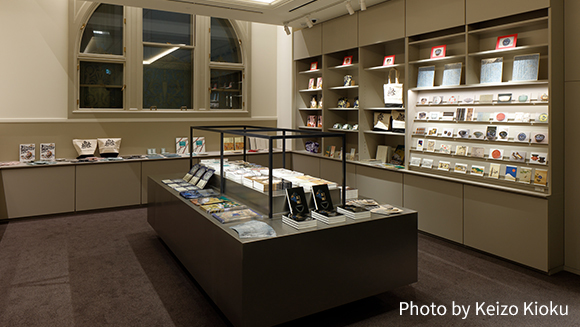
-
Exterior
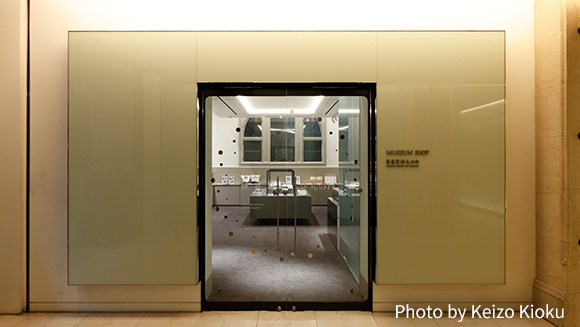
What is Seikado?
- Seikado, which is celebrating the 130th anniversary of its founding, has relocated its art gallery from the Okamoto district of Setagaya to the first floor of Meiji Seimeikan (completed in 1934 (Showa 9), National Important Cultural Property located in Marunouchi alongside the Imperial Palace moat.
The works beckon visitors with their mutually complementary beauty in four exhibition rooms face each other in a way that surrounds the foyer (atrium in the central lobby), where natural light shines in through skylights in the high ceiling, in a space with stately beauty that makes generous use of marble in a manner typical of the contemporary stylings of the early Showa Era.
In the middle of the third decade of the Meiji Era, Yanosuke Iwasaki was working on a project to build a district of Mitsubishi office buildings in Marunouchi, with the hopes of creating a “museum” in one corner of the area. The dream of the founders, held for more than 100 years, are now coming to fruition. -
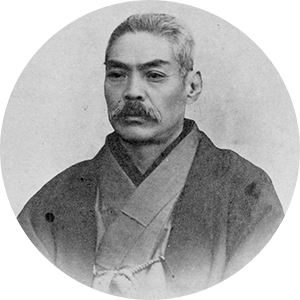
Yanosuke Iwasaki
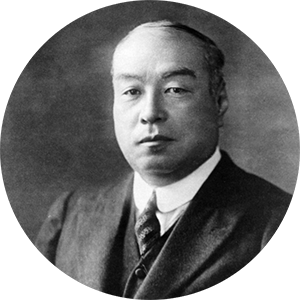
Koyata Iwasaki
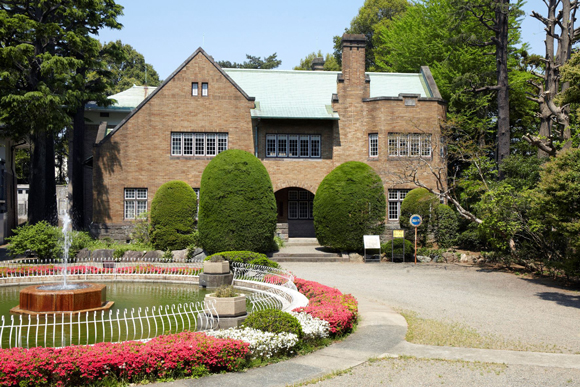
Exterior of Seikado Bunko in Okamoto, Setagaya
Prominent Works
-
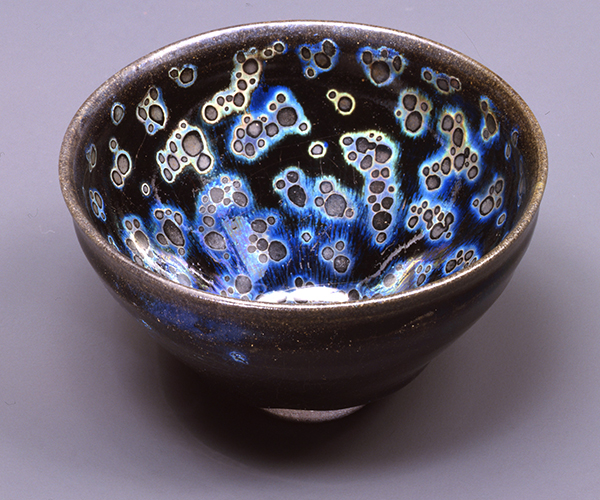
National Treasure
Yohen Tenmoku (Inaba Tenmoku)
Southern Song Dynasty (12th-13th century)“Yohen Tenmoku” refers to a type of Chinese pottery known as Jian ware, black glazed teacups with a mottled pattern accented with a blueish hue. The word “Yohen” originally meant “alteration by kiln”, and over time, the character for “Yo” came to be used to mean “luminosity”. Only three pieces of this pottery are known to be completely intact in Japan. This piece is a bowl with a particularly vivid luster. It is said to have been given to Kasuga no Tsubone by Tokugawa Iemitsu, the third Shogun of the Edo Shogunate, and later passed down to the Inaba Clan who ruled Yodo Domain, so it is also referred to as “Inaba Tenmoku”. It came into the possession of Koyata Iwasaki in 1934.
-
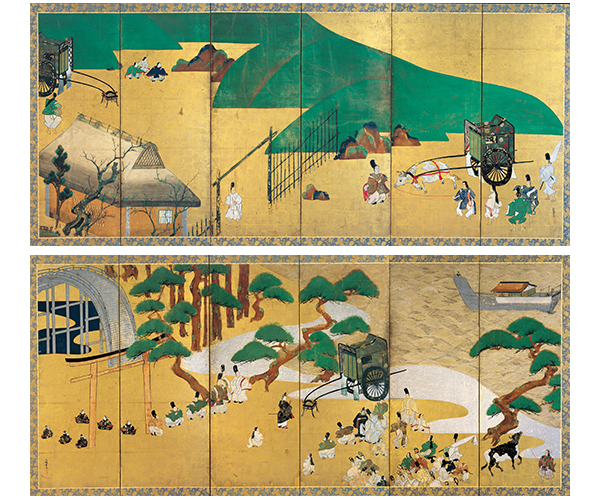
National TreasureSotatsu Tawaraya
Scenes from the “Gatehouse” and “Channel Buoys” Chapters of The Tale of Genji
Edo Period, 1631 (Kan’ei 8)This pair of large paintings depicts two chapters from The Tale of Genji: Chapter 14, “Channel Buoys”, and Chapter 16, “Gatehouse”. They bear the inscription “Sotatsu Hokkyo” and are works representative of Sotatsu Tawaraya (?? - before 1642), who was active as an artist in Kyoto during the early Edo Period. These works came into the possession of the Iwasaki family around 1896 (Meiji 29) when they were acquired from Daigoji Temple in Kyoto.
-
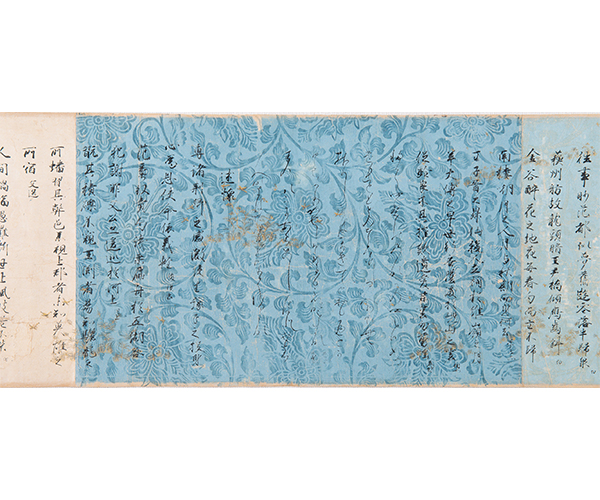
National Treasure
Wakan Roeishu: Otagire
Heian Period (11th century)This is a portion of Wakan Roeishu, a collection of poems compiled by Fujiwara no Kinto (966-1041). The light calligraphy of the kana (Japanese syllabary) and gentle strokes of the kanji (Chinese characters) complement each other on the imported Karakami paper adorned with gold and silver Yamato-e underpainting. It is noted on the upper scroll that it was once owned by the Ota Clan, rulers of the Kakegawa Domain, hence the name “Otagire”.
-
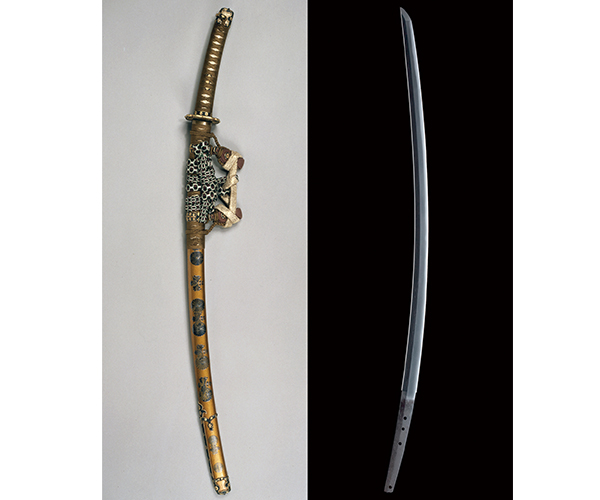
National TreasureTegai Kanenaga
Tachi Sword, Signature: Kanenaga
Itomaki-no-Tachi Sword Mounting with Gold Lacquerwork Chrysanthemum & Paulownia Crests on the Scabbard
Kamakura Period (13th century)The first-generation Kanenaga founded the Tegai School, the largest group of swordsmiths in Yamato-no-Kuni (present-day Nara Prefecture), and is said to have lived in front of Todaiji Temple’s Tengaimon Gate in Nara. This work is characterized by its elegant appearance and uniform warp, the “masame hada” (straight grain) of the ground iron, and the straight blade pattern. This masterpiece serves as a representative of “Yamatomono” (Japanese swords), as it still retains the soundness of its ground blade even after more than 700 years of aging.
-
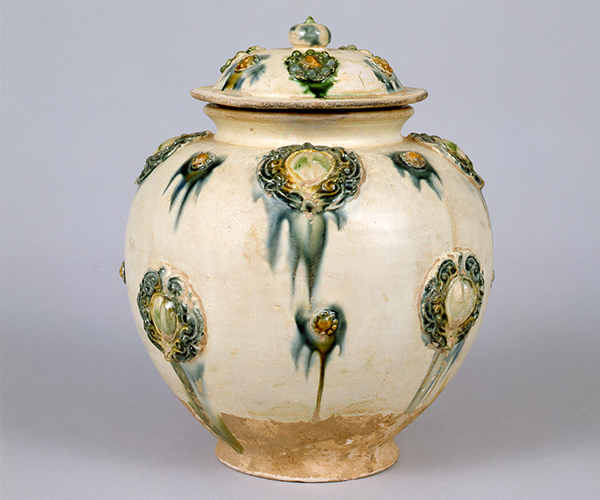
Important Cultural Property
Sancai Applique Pot
Tang Dynasty (7th-8th century)This pot with a lid is considered one of the finest examples of Tang Sancai pottery. The brooch-like decorations that decorate it, also known as “medallions”, are modeled after the designs of gold and silver trinkets from Persia and Rome.
-

Important Cultural PropertyKorin Ogata
Suminoe Gold Lacquerwork Inkstone Case
Edo Period (18th century)The waves crashing onto the shore are gold lacquerwork, the rocks of the reef are thick lead plates pasted on, and the Waka poem text is characters cut out of silver plates and scattered about on the lid and inside. This represents a Waka love poem describing the waves of Sumiyoshi written by Fujiwara no Toshiyuki contained in Kokin Wakashu, a collection of Waka poems.
-
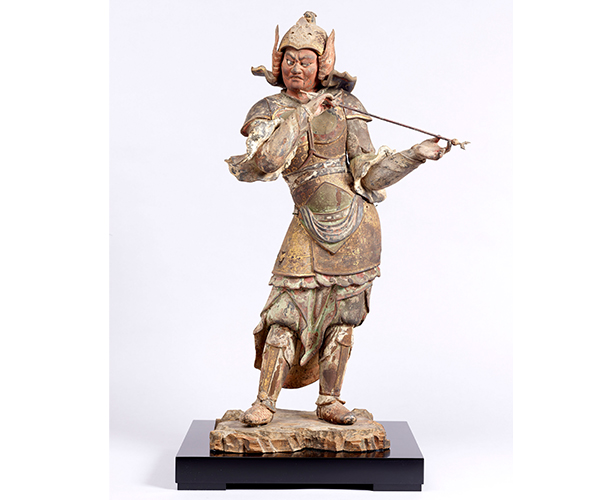
Important Cultural PropertyKeiha Sculpture
Twelve Divine Generals: Gaishin
Kamakura Period, circa 1228 (Antei 2)A statue of Gaishin, one of the Twelve Divine Generals, a collection of statues sculpted by the Keiha school of Buddhist sculptors, was once enshrined at Joruriji Temple in Kyoto. He has a unique pose in which his hips are twisted and he is looking down the length of an arrow.
-
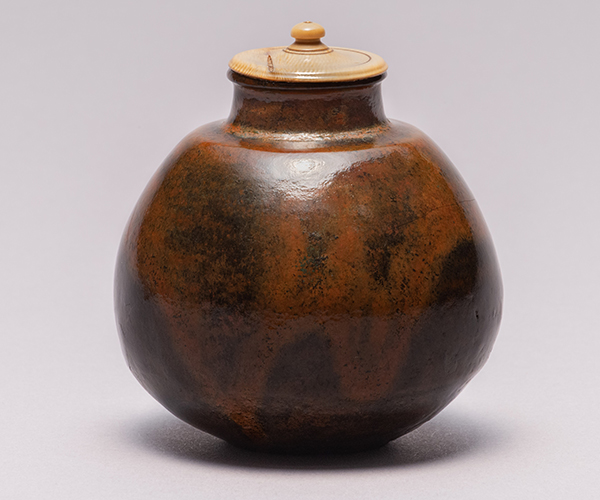
Very Special Tea Utensil
Karamono Nasu Tea Container: Tsukumonasu
Southern Song - Yuan Dynasties (13th-14th century)This tea container was once owned by notable figures such as Ashikaga Yoshimitsu, Oda Nobunaga, Toyotomi Hideyoshi, and Tokugawa Ieyasu, making it one of the most revered pieces in existence. It was involved in the Honnoji Temple Incident as well as the battles of the Summer Siege of Osaka Castle, and was damaged after Osaka Castle fell. It was then repaired by lacquer craftsman Togen Fujishige and his son at the behest of Ieyasu. It is said to be the first tea ceremony utensil purchased by Yanosuke Iwasaki.
-
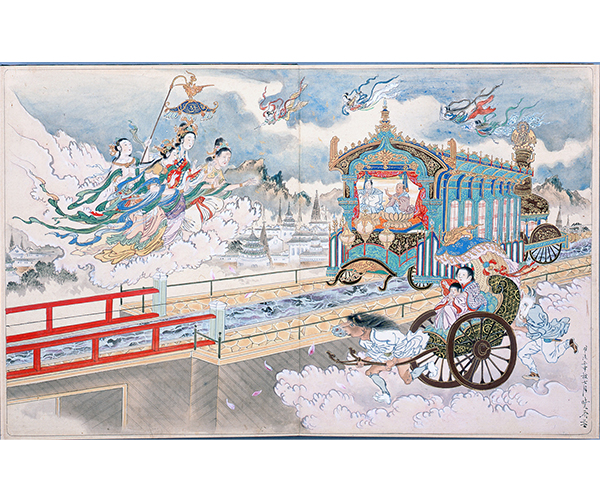
Kyosai Kawanabe
Journey Through Heaven & Hell
1869-1872 (Meiji 2-5)This is a collection of paintings created by Kyosai Kawanabe commissioned by Gohei Katsuta, a small goods wholesaler in Nihonbashi, as a memorial work for his beloved daughter who had passed away at a young age. It depicts his daughter Tazuru’s arrival in Paradise, guided by the Amida Triad, as she visits the Underworld along the way. The box was made by Zeshin Shibata.


